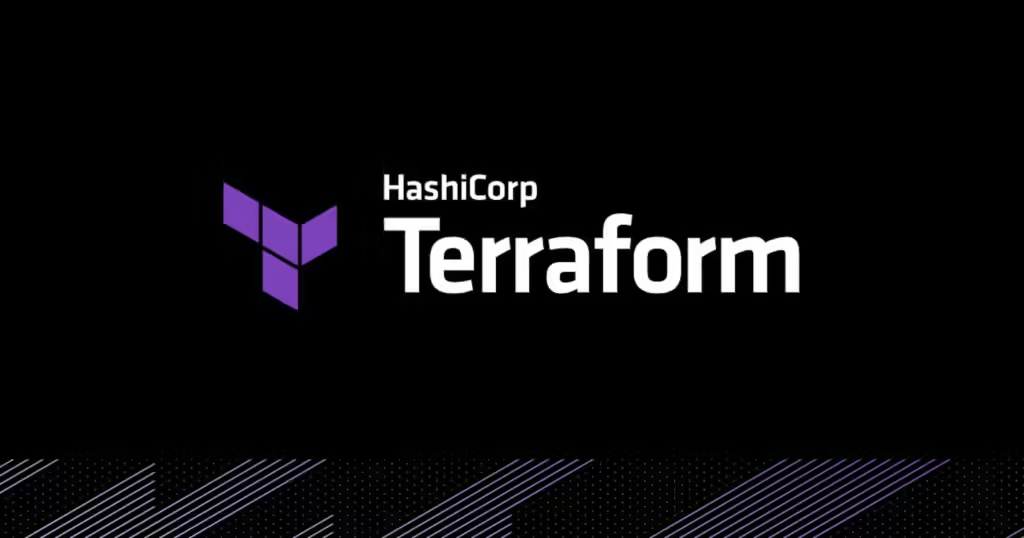Author: Akshay Shinde
Day 1:
Introduction:
In the realm of DevOps, efficient management of infrastructure is paramount. As a DevOps Engineer, you’re tasked with ensuring seamless deployment, scaling, and management of resources. Enter Terraform, a powerful tool that revolutionizes infrastructure provisioning by enabling you to manage infrastructure as code (IaC). Let’s delve into what Terraform is, its significance in the DevOps landscape, and how it simplifies infrastructure provisioning.
What is Terraform?
Terraform is an open-source infrastructure as code software tool created by HashiCorp. It allows you to define and provision data center infrastructure using a declarative configuration language. With Terraform, you can define the desired state of your infrastructure in code, and Terraform will automatically create, update, or delete resources to match that desired state
How does Terraform help manage infrastructure as code? Managing infrastructure as code brings numerous benefits, including version control, repeatability, and scalability. Terraform facilitates this by providing a domain-specific language (HCL) that allows you to define infrastructure components such as virtual machines, networks, and storage. By writing code, you can easily version and collaborate on infrastructure changes using Git or other version control systems. This ensures consistency across environments and simplifies the process of tracking and auditing changes.
How does Terraform help manage infrastructure as code?
Managing infrastructure as code brings numerous benefits, including version control, repeatability, and scalability. Terraform facilitates this by providing a domain-specific language (HCL) that allows you to define infrastructure components such as virtual machines, networks, and storage. By writing code, you can easily version and collaborate on infrastructure changes using Git or other version control systems. This ensures consistency across environments and simplifies the process of tracking and auditing changes.
Why do we need Terraform?
Traditional infrastructure provisioning methods often involve manual configuration or scripting, leading to inconsistency and inefficiency. With the rise of cloud computing and the need for agility, organizations require a more robust solution for managing infrastructure. Terraform fills this gap by providing a unified workflow for provisioning infrastructure across multiple cloud providers and on-premises environments. Whether you’re deploying a simple web application or a complex microservices architecture, Terraform enables you to define your infrastructure in code and deploy it consistently and reliably.
How does Terraform simplify infrastructure provisioning?
Terraform simplifies infrastructure provisioning in several ways:
- Declarative Syntax: Terraform uses a declarative syntax, allowing you to define the desired state of your infrastructure without specifying the step-by-step process to achieve it. This abstracts away the complexity of provisioning infrastructure and focuses on what you want to achieve rather than how to achieve it.
- Infrastructure as Code: By treating infrastructure as code, Terraform enables you to leverage software engineering best practices such as version control, code review, and automated testing. This streamlines the process of provisioning infrastructure and ensures consistency across environments.
- Provider Ecosystem: Terraform supports a wide range of cloud providers, including AWS, Azure, Google Cloud, and more, as well as on-premises infrastructure providers such as VMware and OpenStack. This enables you to use a single tool to manage infrastructure across hybrid and multi-cloud environments.
- Dependency Management: Terraform automatically manages dependencies between resources, ensuring that resources are created and destroyed in the correct order. This eliminates the need for manual intervention and reduces the risk of configuration errors.
- Plan and Apply Workflow: Terraform provides a plan and apply workflow, allowing you to preview changes before applying them to your infrastructure. This enables you to review the impact of changes and detect potential issues before they occur
Installation of Terraform for linux.
To install Terraform, find the appropriate package for your system and download it as a zip archive.
After downloading Terraform, unzip the package. Terraform as runs a single binary named terraform. Any other files in the package can be safely removed and Terraform will still function.
Finally, make sure that the terraform binary is available on your PATH. This process will differ depending on your operating system.
Print a colon-separated list of locations in your PATH.
echo $PATHMove the Terraform binary to one of the listed locations. This command assumes that the binary is currently in your downloads folder and that your PATH includes /usr/local/bin, but you can customize it if your locations are different.
mv ~/Downloads/terraform /usr/local/bin/Verify the installation
Verify that the installation worked by opening a new terminal session and listing Terraform’s available subcommands.
terraform -help
The available commands for execution are listed below.
The most common, useful commands are shown first, followed by
less common or more advanced commands. If you're just getting
started with Terraform, stick with the common commands. For the
other commands, please read the help and docs before usage.
#...Add any subcommand to terraform -help to learn more about what it does and available options.
terraform -help planTroubleshoot
If you get an error that terraform could not be found, your PATH environment variable was not set up properly. Please go back and ensure that your PATH variable contains the directory where Terraform was installed.
Enable tab completion
If you use either Bash or Zsh, you can enable tab completion for Terraform commands. To enable autocomplete, first ensure that a config file exists for your chosen shell.
touch ~/.bashrcThen install the autocomplete package.
terraform -install-autocompleteOnce the autocomplete support is installed, you will need to restart your shell.
Conclusion:
In conclusion, Terraform is a powerful tool for managing infrastructure as code, providing a unified workflow for provisioning infrastructure across cloud and on-premises environments. By leveraging Terraform, DevOps Engineers can simplify infrastructure provisioning, improve consistency, and enhance agility in their organizations. Whether you’re deploying a single application or managing a complex infrastructure landscape, Terraform empowers you to automate and streamline the provisioning process, ultimately enabling faster delivery of value to your customers.

